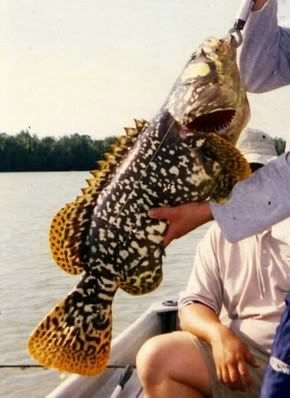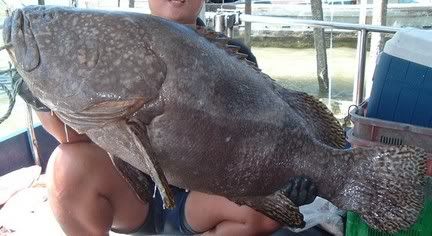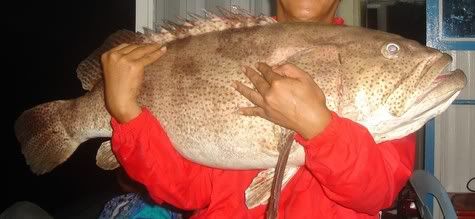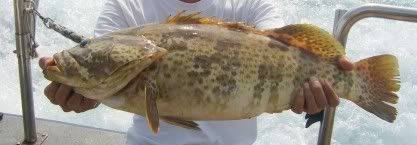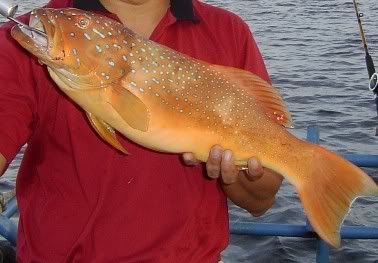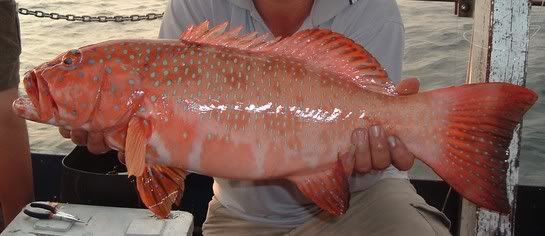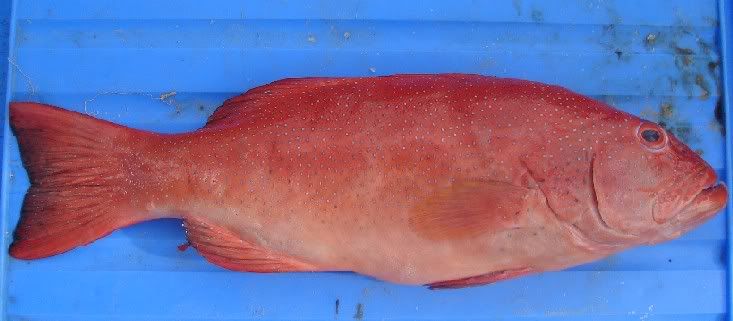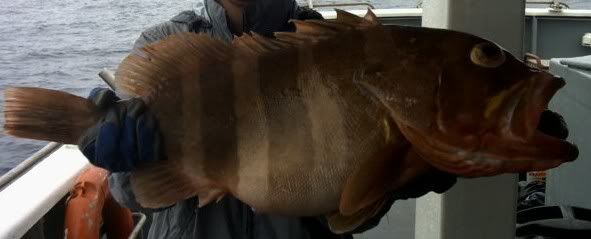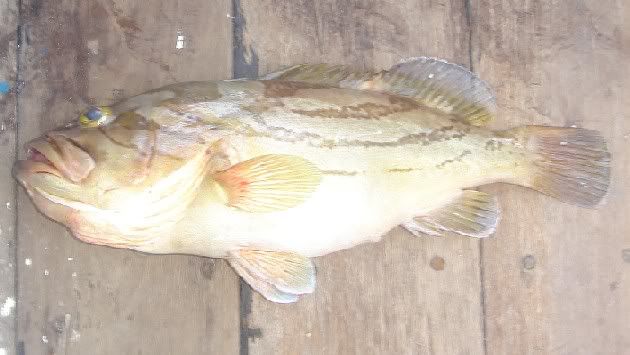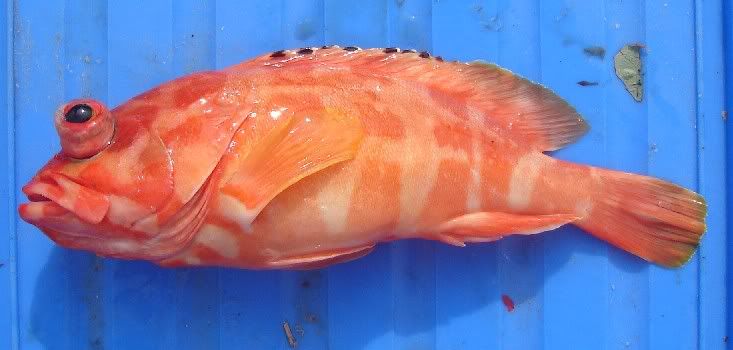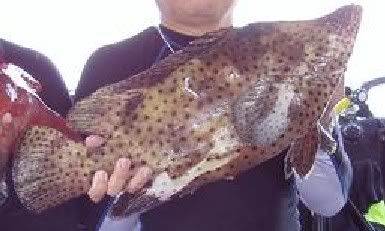 Production of commercial catfish
Production of commercial catfishProduction Process
The normal production cycle for channel catfish farming starts with the parent fish breeding. Conservation starts in the spring when water temperatures rose to above 70 º F. At that time, the parent fish was held in the pool at random pairs and fertilized eggs collected from breeding containers and transferred to the hatchery a. Eggs hatch after 5 to 8 days of incubation and fry reared in the hatchery for an additional 4-10 days. Fry then transferred to a children's pool that is fed daily through the summer, and harvested in the autumn or winter as fingerlings. Fingerlings then filled into foodfish growout ponds, fed every day, and harvested when they reach 1-2 pounds. Approximately 18-36 months are needed to produce food-size channel catfish eggs. Foodfish harvested year around to meet the processing needs, so the pool in a given field usually consists of fish in various stages of growout during the year.
Maintain master
Channel catfish are easy to maintain a holding of shares in the culture ponds, and reproductive efficiency is quite good without any special manipulation of environmental conditions or the need for hormone treatment. Although channel catfish may be due in two years, it must be at least 3 years and weighing at least 3 pounds to breeding reliable. Fish 4-6 years, weighing between 4 and 8 pounds is considered the prime spawners. Older fish produce fewer eggs per body weight and larger fish may have difficulty entering the former is commonly used as nesting sites.
Master maintained at relatively low standing crop (less than 2000 pounds / acre) to provide a good environment and reduce reproductive suppression by the congestion.The parent fish are seined from the pool and checked every year or two. Large fish, which can spawners poor, eliminated and replaced by smaller, younger fish master.Regular checks are also holding fish provide an opportunity to adjust the sex ratio in the parent population.
Breeding activities will commence in the spring when water temperatures are consistently around 75 º F. Preservation occurred within a few hours as a layer of adhesive placed several eggs in the nest container. Women between 4 and 8 pounds is usually located between 3,000 and 4,000 eggs per pound of body weight. Reproductive success (the percentage of breeding females) between 30 to 80 percent annually, and depends mainly on the condition and age of women holding fish and water temperature during the breeding season.

Former nesting checked every 2 or 3 days for the presence of eggs. The eggs are taken from the holding ponds are placed in protective containers, air and transported to the hatchery.
Hatchery Phase
Hatching is used to produce fish fry is a simple facility that uses the flow through the tank holds about 90-100 gallons of water for egg incubation and preservation of seeds. The most important factor for successful hatching is expected to supply high quality water.
Egg hatching tanks are equipped with a series of pedal distance along the tank to allow the wire mesh basket to fit between them. One or two egg masses placed in the basket each and paddle slowly rotate through the water to provide water circulation and aeration. The incubation period is 5-8 days vary depending on water temperature.
At the hatchery, fish (called sac-fry at the moment) falls or swim through a wire mesh basket and a school in a tight group. Sac-fry released into the bucket and transferred to a fry rearing tank. Aeration in tanks provided by the instigator of fish surface or by air pumped through airstones.
At first, the sac-fry do not eat because they get food from the yolk sac attached. Over 3-5 days after hatching they absorb the yolk sac and turned black. At that time the fish (now called the swim-up fry) swim to the surface to feed. Swim-up fry should be fed 6-12 times a day for a good life and growth. Fry fed with nutritious food for up to 2 to 7 days before being transferred to ponds to breed.
Fingerling production
Cultural practices fingerling production is fairly uniform across the industry, especially when compared with a range of strategies used for food production to grow big fish. Fry grow faster when the stocks at lower densities, but more space is needed to grow fingerlings at lower densities. Rates stocks Thus, a compromise between the benefits of producing large fingerlings for growout and eco
 nomic foodfish produce more small fingerlings in the room less. Fish fed manufactured feed and grow to fingerling size (3 to 8 inches long) over a period of 5-10 months. Fish either allowed to continue to expand the pool of children or the harvested and transferred to other ponds for growout to fish Stocker size of 0.1 to 0, 25 pounds or for food fish size of 1.2 to 2.5 pounds.
nomic foodfish produce more small fingerlings in the room less. Fish fed manufactured feed and grow to fingerling size (3 to 8 inches long) over a period of 5-10 months. Fish either allowed to continue to expand the pool of children or the harvested and transferred to other ponds for growout to fish Stocker size of 0.1 to 0, 25 pounds or for food fish size of 1.2 to 2.5 pounds.It is important to nourish children's pool so that they contain a lot of natural foods to promote growth to fish large enough to move to the food produced. A finely ground feed should be offered once or twice a day to train fish to accept bribes. As the fish grows, the size of food particles is increased. A month or so after the stock, fish (now called fingerlings) were fed once or twice daily to satiation, using a small floating pellet with 32-35 percent crude protein.
Because fingerling population is very vulnerable to infectious diseases, disease management takes on added importance in this stage production. Survival of catfish fry to fingerlings is very different from pool to pool depending on the initial conditions of the children's pool, losses to predators, birds, and the incidence of infectious diseases. Life distribution of stocks fingerling harvest the seeds for more than 60 percent in all the ponds on the farm is considered very good.
Production Foodfish
Cultural practices used for the production foodfish vary from farm to farm, and the process of growing a food-sized catfish can take a lot of the fingerling phase. Most of the fish stock farmers once the gap between the phases of children and foodfish growout phase. In this scheme, the fingerlings are harvested and restocked into the pool at about foodfish one-tenth to one-twentieth the density of a children's pool because the fish will be 10-20 times more weight when harvested as foodfish. The scheme is a measure of production is not as easy as it appears because there are many options for managing a pool foodfish.
Another approach to producing food-sized fish is to divide the time between phase two children and growout foodfish. The first section produces a medium fish called "Stocker". The second part is made when the stockers are harvested and restocked for growout size of the food. In this scheme, small fingerlings (2 to 3 inches) is a stock of about 40.000 60.000 fish / acre and planted more than one season to produce stockers weighing 0.1 to more than 0.3 pounds. The stockers then harvested and transferred to the growout ponds foodfish. As a step in the scheme described above, there are several options for growout foodfish using Stocker size fish.
The three basic production variables in the growout foodfish is a system of crop, stock rates, and size of fingerlings to stock. Farmers use various combinations of these variables and it is impossible to describe a special scheme for the management of food-sized channel catfish. Farmers have been developed and used in various production schemes based on experience, personal preference, and the productivity and profitability is seen.
Cropping system refers to the stock tables, restocking harvest. In the single-group, the goal is to have only one class of fish at any given time. Fingerlings are met, grew to the size of the desired plants, and fish all harvested before the pond is restocked with new fingerlings to start the next cycle of crops. In multi-group system, several different classes of fish present after the first year of production. Initially, a single cohort of fingerlings required. Individuals who are selected to grow faster harvested ("leading") using a large seine net, followed by the addition of ("under the stock") of fingerlings to replace the fish removed, including any loss incurred during the growout. The process of selective harvesting and understocking continue for years without draining the pool.
Whether the pool operates as a group or range of systems, the stock is best defined as the maximum fish density (number per acre) for the period of production. In trading, the stock became more goal accurate less than variable successful people because it is impossible to know the actual inventory of commercial fish in the large pool used for several years without draining. There is no agreement about the best stock rates for commercial production and the rates used in various industries from less than 500 fish / acre to more than 10,000 fish / acre. One explanation for the wide range of stocking rates used by fish farmers is that the goal of production, facilities, and resources vary from farm to farm.
Fingerling size for a stock is a critical factor in the production foodfish, but very little systematic research has been conducted to determine the relationship between fingerling size in stocks and economic returns. Large Fingerlings will reach foodfish faster than small fingerlings, but a large fingerlings are expensive because they require more time and space to produce. In addition, large fingerlings can be difficult to obtain because most manufacturers prefer fried fingerling stock at high densities and move foodfish fingerlings to ponds as soon as possible to avoid the risk of loss to diseases and wild birds. The best size for fingerling stock is a compromise that depends on the crops, fish stocks and the availability of fingerling density.
